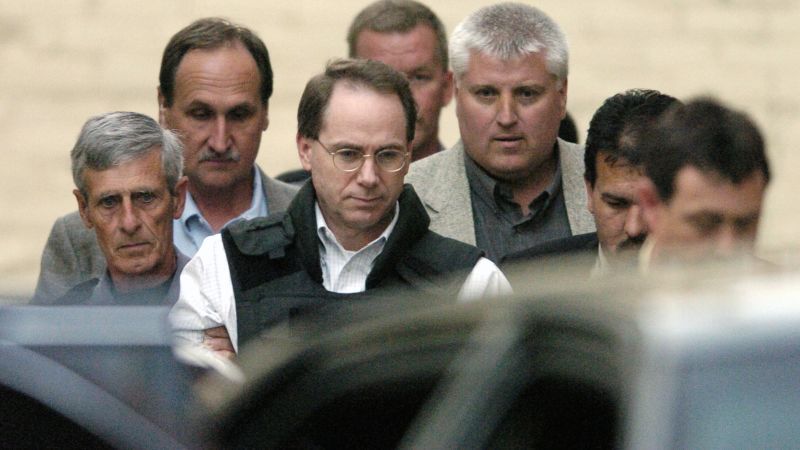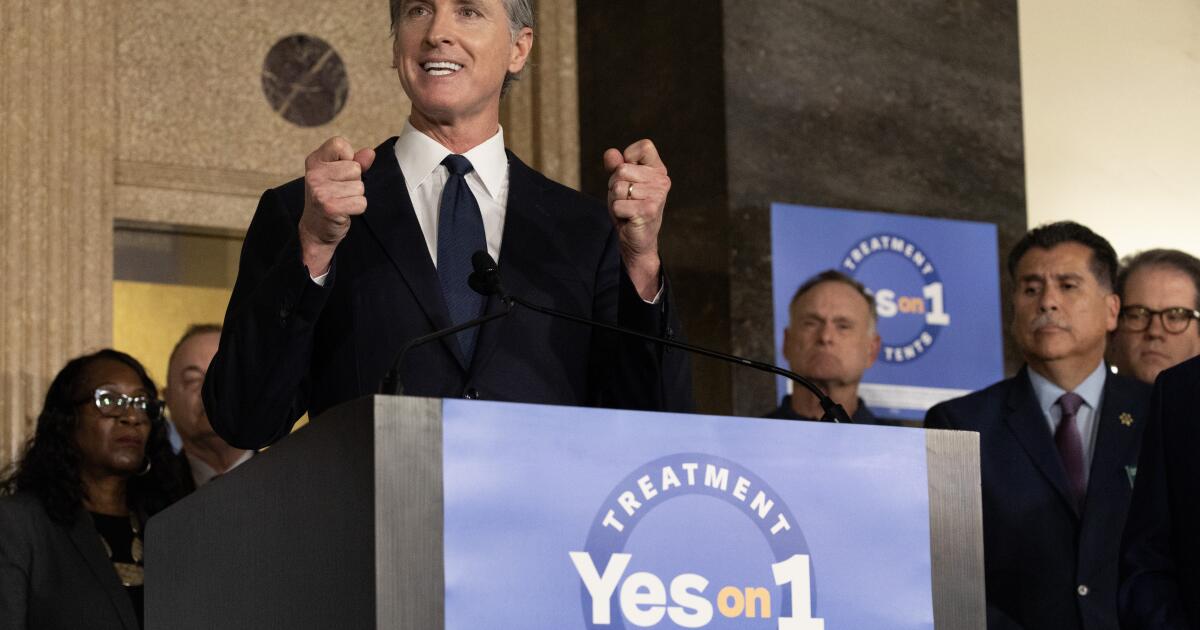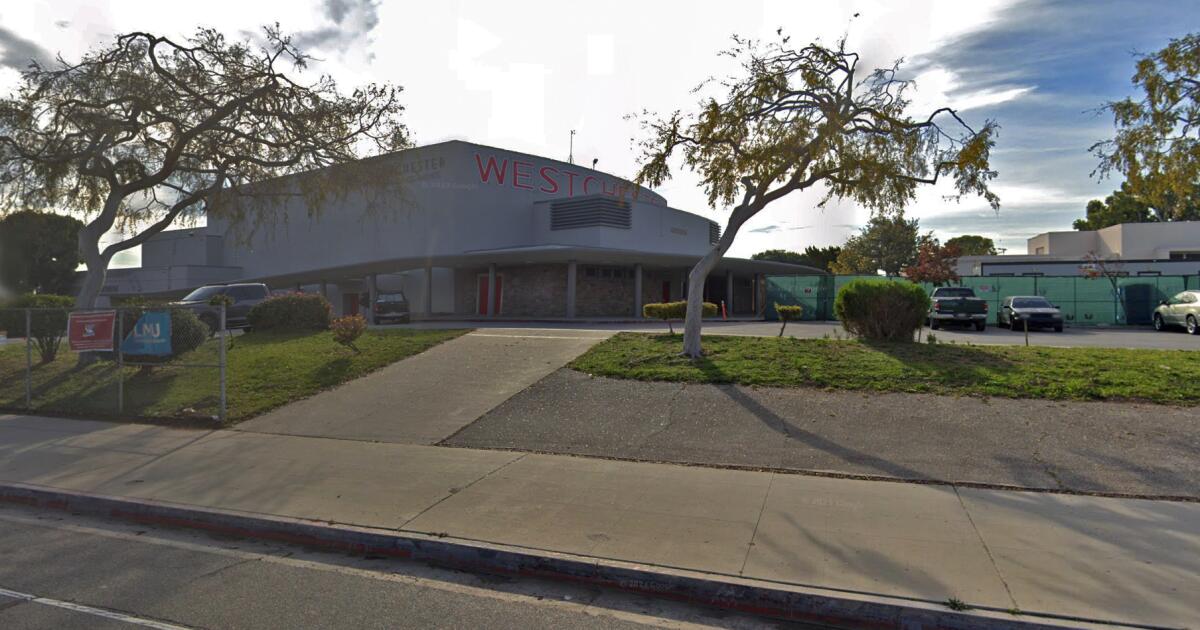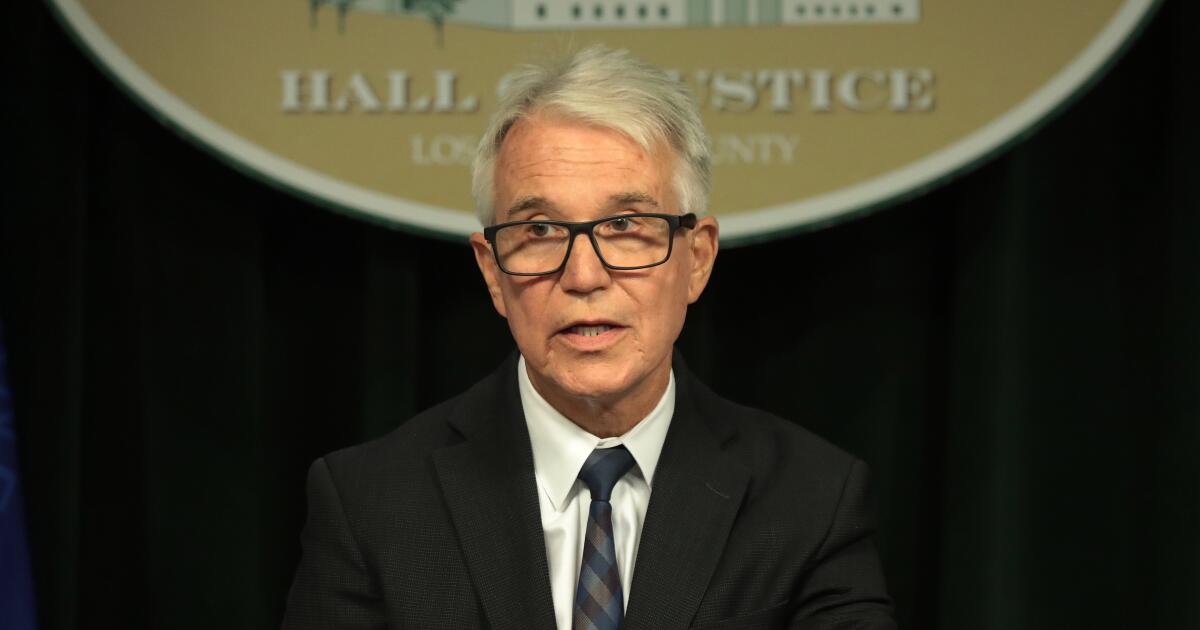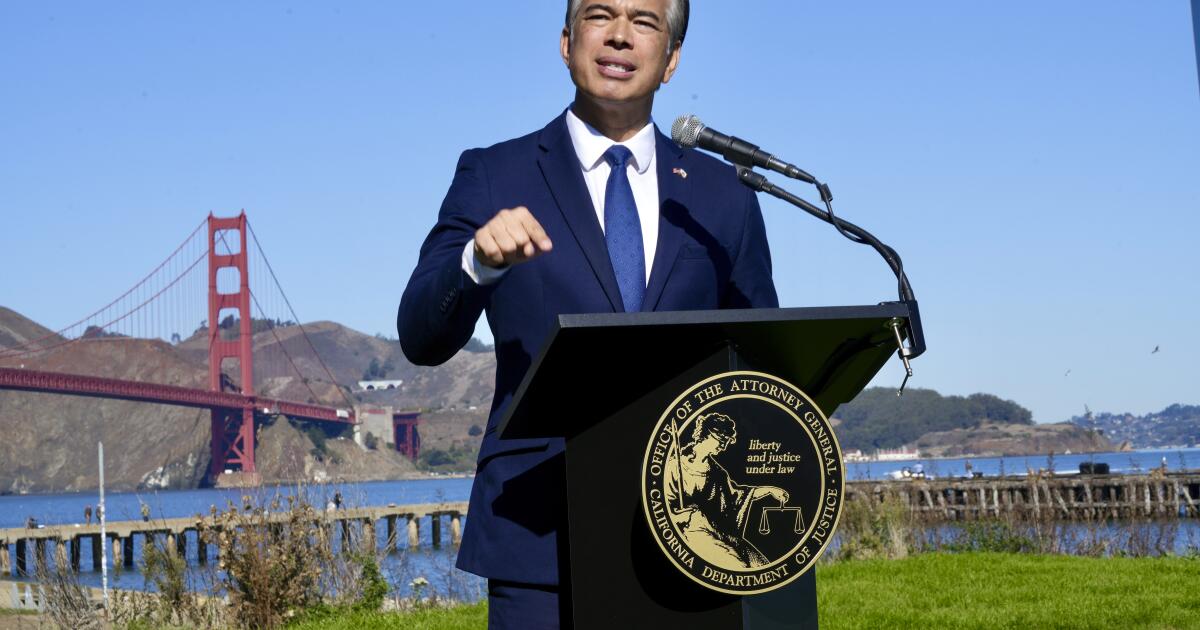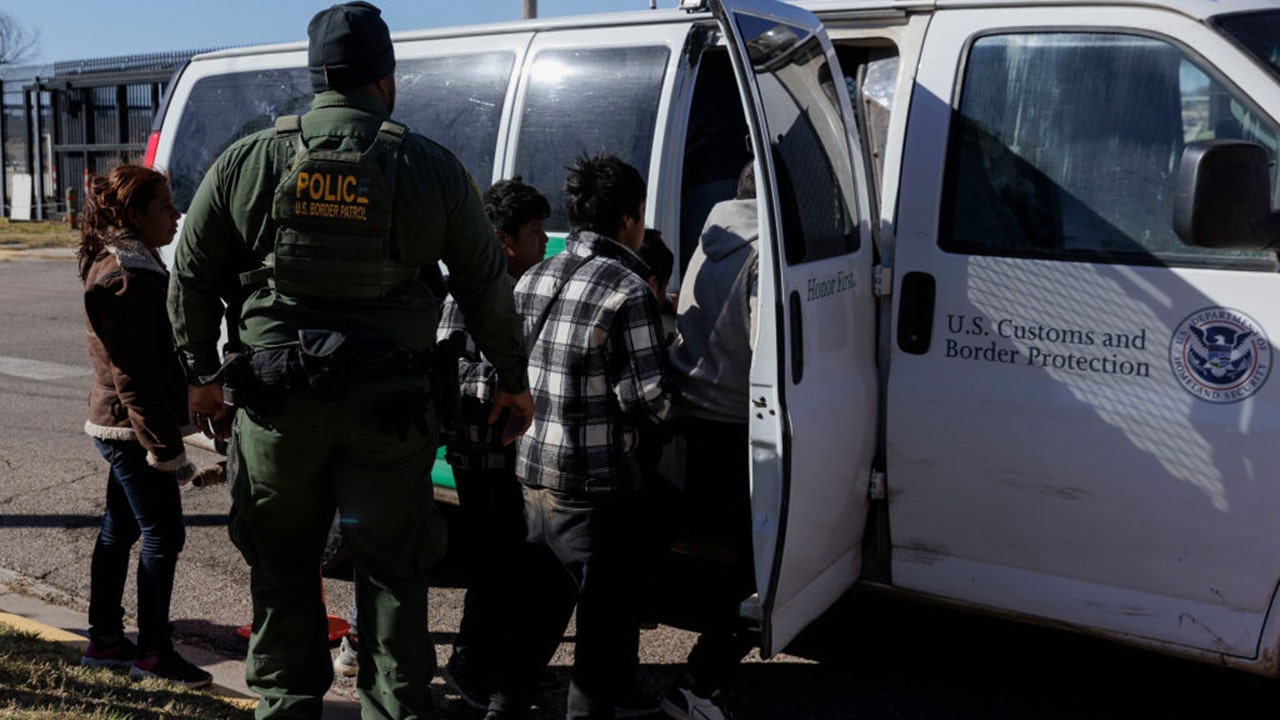cnn
—
Here's a look at the life of convicted Oklahoma City bombing plotter Terry Nichols.
Birthdate: April 1, 1955
Place of birth: Lapeer County, Michigan
Birth name: Terry Lynn Nichols
Father: Robert Nichols, farmer
Mother: Joyce Nicolas
Marriages: Marife (Torres) Nichols (1990-2003, divorced); Lana (Osentoski) Nichols (1981-1989, divorced)
Children: with Marife Nichols: Christian and Nicole; with Lana Nichols: Joshua
Education: Attended Central Michigan University
Military service: US Army, 1988-1989
The FBI accused Nichols of helping build the bomb and arranging a getaway car for Timothy McVeigh after the bombing.
Nichols' defense attorneys described Nichols as a family man who had little to do with the bombing.
Nichols was not in Oklahoma City on the day of the attack, but was at his home in Kansas. Prosecutors said Nichols helped McVeigh make the bomb the day before.
Nichols and McVeigh shared a love of guns, an interest in survival training, and a distrust of the United States government.
Nichols learned how to mix fuel and fertilizer to make bombs while growing up on a farm. His father, a farmer, used these types of bombs to blow up tree stumps.
Nichols' wife, Marife, complained at Nichols' trial that she was jealous of her husband's close relationship with McVeigh.
May 24, 1988 – He enlisted in the army at 33 years old.
1988 – He meets McVeigh during basic training at Fort Benning.
May 1989 – She receives hardship leave so she can return home and care for her son Joshua.
Fall 1993 – McVeigh lives with the Nichols brothers, Terry and James, on their farm.
March 1994 – He accepts a job as a farmhand in Kansas.
Fall 1994 – He leaves his job as a laborer to do business with McVeigh, selling weapons and military surplus.
October 1994 – Together with McVeigh, he steals detonators and other explosive materials from a quarry in Kansas.
November 5, 1994 – He reportedly robs Arkansas gun dealer Roger Moore to finance the purchase of bomb materials.
November 1994-January 1995 – He takes a trip to the Philippines where his wife Marife and daughter Nicole live. Before setting out on the trip, Nichols gives his ex-wife Lana letters and instructions to McVeigh, which he must read if he does not return from the Philippines.
April 19, 1995 – A bomb explodes at the Alfred P. Murrah Federal Building in Oklahoma City, killing 168 people.
April 21, 1995 – Nichols turns himself in to Kansas police when he learns they are looking for him.
December 23, 1997 – He is convicted of federal charges of conspiracy to use a weapon of mass destruction and eight counts of involuntary manslaughter.
June 4, 1998 – Federal Judge Richard Matsch sentences Nichols to life in prison without parole after the federal jury cannot decide on the death penalty or life in prison.
September 13, 1999 – A federal judge rejects Nichols' request for a new federal trial.
September 5, 2001 – The Oklahoma County District Attorney announces that Nichols will face a state trial for his role in the bombing. District Attorney C. Wesley Lane says he will move forward with the trial because he is concerned that the federal conviction will be overturned.
March 22, 2004 – Nichols' state trial opens.
April 20, 2004 – Michael Fortier testifies that McVeigh asked him to help him build the bomb because “Terry was backing out.” Fortier was sentenced to 12 years in prison as part of a plea deal for testifying against McVeigh and Nichols.
May 26, 2004 – Nichols is found guilty in Oklahoma state court on 161 counts of murder. The jury spent five hours deliberating before announcing the verdict.
June 11, 2004 – The jury in Nichols' state trial says it is deadlocked on a sentence of life in prison or death by lethal injection.
August 9, 2004 – District Judge Steven Taylor sentences Nichols to 161 consecutive life sentences, with no possibility of parole.
April 1, 2005 – The FBI finds residual bomb-making material at Nichols' former residence, which was not detected in previous searches.
May 4, 2005 – In a letter written from his prison cell in Colorado, Nichols names Arkansas arms dealer Roger Moore as the man who provided him and McVeigh with bomb components. Moore denies any involvement.
March 16, 2009 – He files a 39-page handwritten lawsuit against the Colorado prison where he is held for violating his religious and dietary needs. In the lawsuit, Nichols asks for 100% whole foods, fresh raw fruits and vegetables, a wheat bran supplement, and digestive bacteria and enzymes.
February 2010 – He fasts, protesting the processed foods he is served in prison.
August 12, 2010 – U.S. District Judge Christine M. Arguello dismisses Nichols' prison food lawsuit.
November 28, 2011 – Jannie Coverdale, grandmother of two Oklahoma City bombing victims, reveals that she has corresponded with Nichols for several years and that he apologized and asked for her forgiveness, which she received. In copies of the letters published in The Oklahoman, Nichols admits that he knew there was going to be a bombing but did not know that the federal building was the target and that the building would be occupied.
July 13, 2015 – Nichols files a motion asking the court to force the FBI to turn over approximately 10 firearms, belonging to him, that were seized after the attacks. Nichols suggests in the motion that the FBI give the guns to his family so they can sell them and help provide financial support for his children.
April 15, 2016 – Judge Matsch orders the government to destroy the firearms belonging to Nichols and that the fair market value of $6,922 be applied to the court-ordered restitution of $14.5 million.
March 9, 2017 – Evidence from Nichols' state trial is transferred to the National Memorial and Museum in Oklahoma City.

